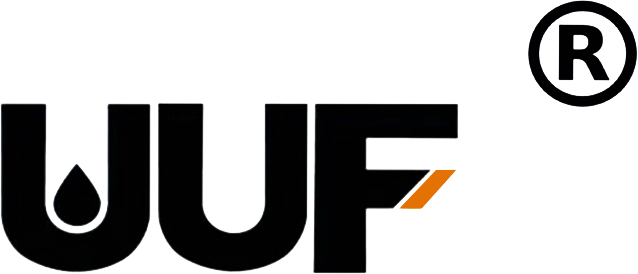Understanding Toyota Oil Seals: Essential Components for Vehicle Performance
Time:
2025-09-15
When it comes to maintaining your vehicle, understanding the components involved is crucial—especially for those who own a Toyota. One key element that plays a vital role in ensuring the effective operation of various systems within the car is the oil seal.
When it comes to maintaining your vehicle, understanding the components involved is crucial—especially for those who own a Toyota. One key element that plays a vital role in ensuring the effective operation of various systems within the car is the oil seal. Toyota oil seals are designed to prevent oil leaks, protect internal components, and maintain the integrity of the engine and transmission systems.
Oil seals, also known as rotary shaft seals, serve multiple purposes in a vehicle. Primarily, they function to retain lubricant within a system while excluding dust, dirt, and moisture. By doing so, they help maintain the performance and efficiency of the engine and other critical systems. In Toyota vehicles, these seals are meticulously engineered to fit specific models and their unique requirements, ensuring a perfect seal that accommodates the demands of high-performance engines.
There are several types of oil seals commonly used in Toyota vehicles, including crankshaft seals, camshaft seals, and transmission seals. Each type is designed to withstand different pressures and temperatures, depending on its location in the vehicle. For example, crankshaft seals are positioned at the front and rear ends of the crankshaft, where they need to endure substantial rotational forces. On the other hand, camshaft seals are located at the ends of the camshafts and are crucial for maintaining the correct oil pressure in the engine.
Selecting the right Toyota oil seal for your vehicle is essential. Factors such as the seal's material, size, and design significantly influence its functionality and lifespan. Rubber and silicone are commonly used materials, selected for their durability and resistance to wear. Additionally, some seals come with integrated spring features that enhance their sealing capability, making them more effective in preventing leaks.
Regular inspection and maintenance of oil seals are equally important to prevent potential issues like oil leaks. It's recommended to check for signs of wear, such as cracks, deformation or any visible leaks around the seal area. If any irregularities are detected, replacing the oil seal promptly can save you from more extensive repairs down the line.
In conclusion, Toyota oil seals are an integral part of your vehicle’s overall performance. Understanding their function and ensuring proper maintenance can lead to a more reliable driving experience. By choosing high-quality seals and conducting regular inspections, Toyota owners can reduce the likelihood of complications associated with oil leaks, ultimately enhancing their vehicle’s efficiency and longevity.
Keyword:
Toyota oil seal


















